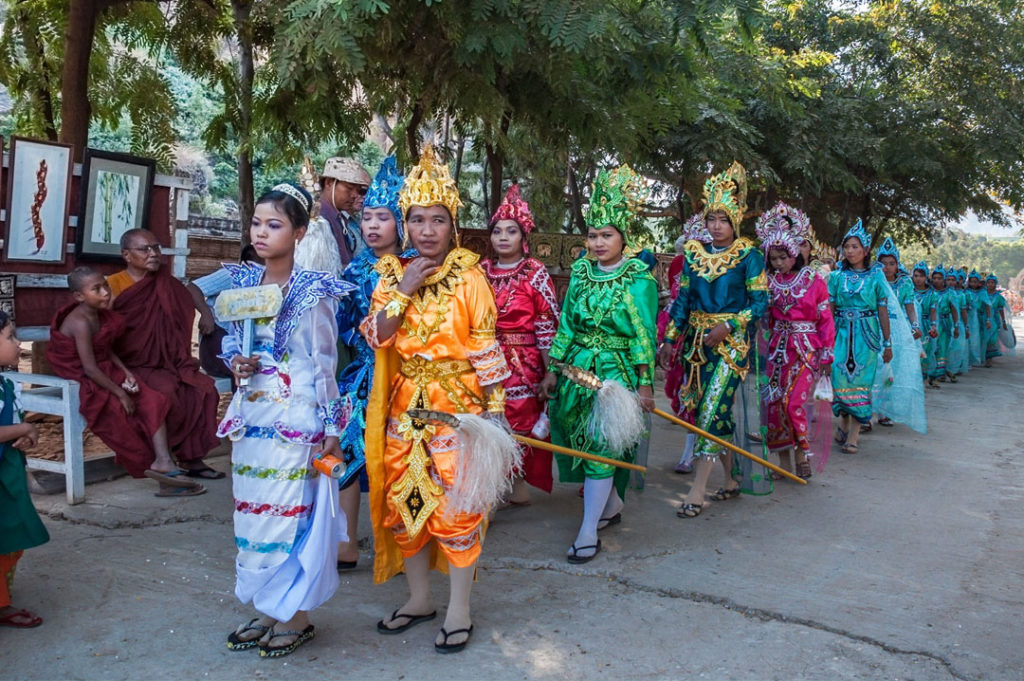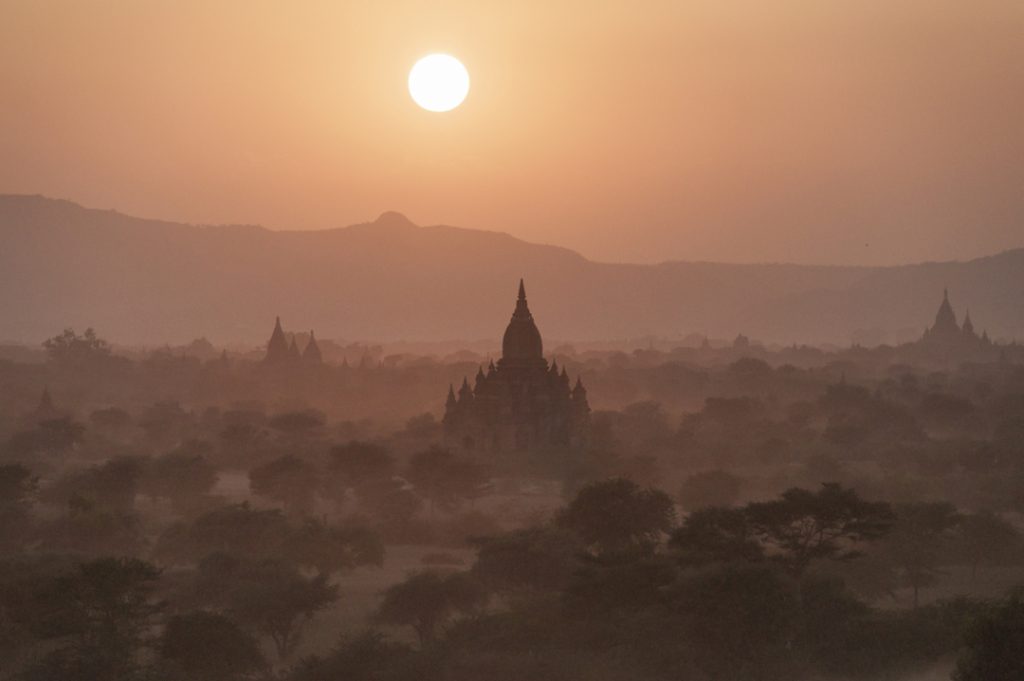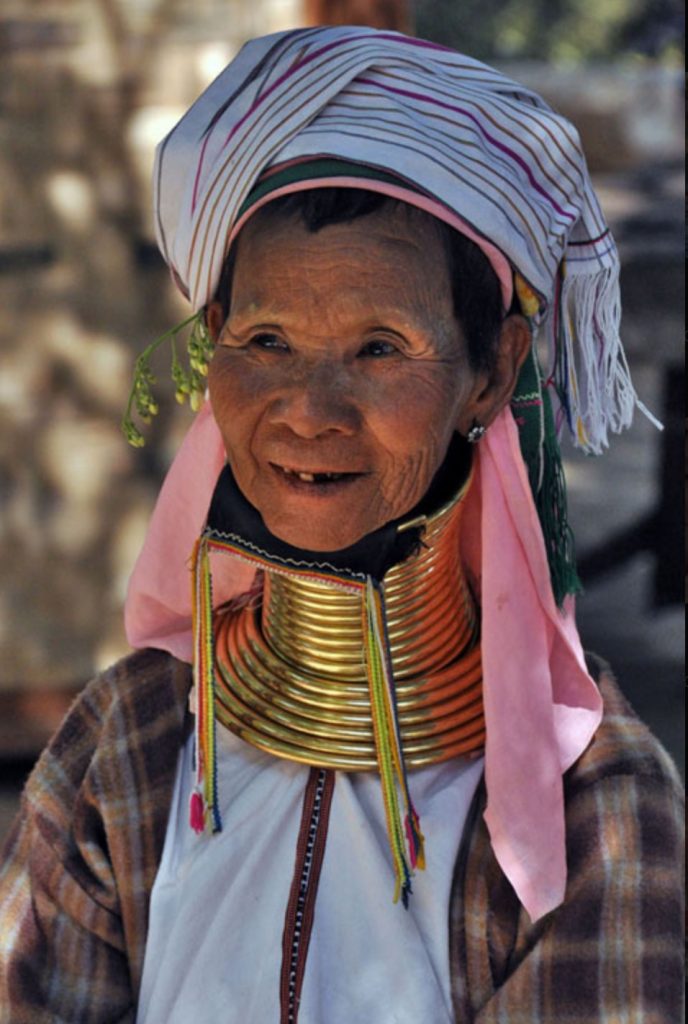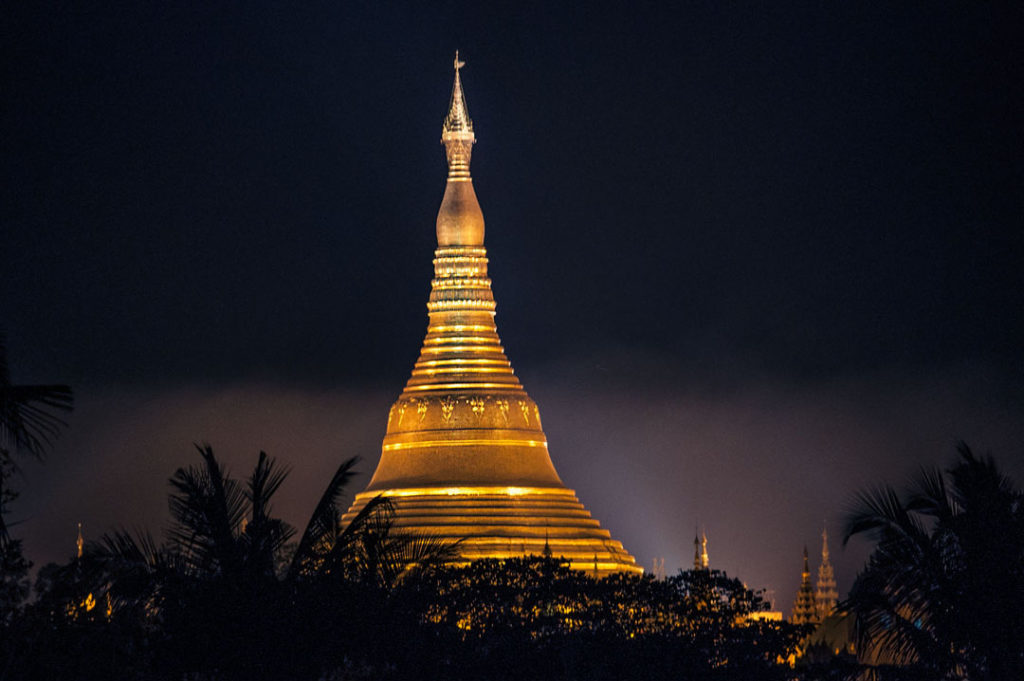Myanmar, the country formerly known as Burma, has recently become one of the most popular travel destinations for cultural travelers and photographers.
Here’s why:
First of all, Myanmar is a country that is barely touched by the contemporary world. The look of old Asia has been preserved through the archaic social structures and the Buddhist way of life. Although the local people are not used to see tourists very often, they are willing to introduce their country and culture to the foreigners. Myanmar people are very friendly, kind and helpful and they welcome foreigners with smiling faces. Furthermore, one feels unexpectedly secure and at safe hands with the local people.
In order to understand the present context regarding social, political and economical life in Myanmar, one definitely needs to know the historical backround. Myanmar, has been home for Buddhism for more than a thousand years, starting with the 9th century, under the strong influence of the neighbour countries such as China, India, and Thailand. As 80 percent of the Myanmar population is Buddhist, life is religiously integrated with the Buddhist faith. In rural areas, lacking secular education, children and teenagers are widely educated in Buddhist monasteries. The Buddhist monks and nuns are regarded as children of Buddha and their number exceed half a million in total. They are supported and well cared by the local people together with the religious charity establishments. Witnessing the “alms giving ceremony” and rituals in Myanmar is very impressing. During these daily ceremonies that start early in the morning, monks and nuns walk in line holding a big bowl, begging for alms through the streets of the villages. Local people wait for them in front of their houses as a part of their devotion and worship, and serve food or donate money to each monk and nun passing by. Such alm giving rituals are participated happily by all villagers and circles of the society regardless of their being rich or poor. When invited to eat together with the monks, one gets overwhelmed with people’s kindheartedness and generosity. The simple food, merely noodle, tastes delicious too.
Another important event of Buddhist life to be seen at rural areas is the “novitation ceremony”. This ceremony is a ritual where every buddist boy should go through, for the transition from boyhood to manhood. According to this ritual, the boy is paraded around his pagoda and village together with his family. Once homage is paid to the sacred spirit of pagoda, the boy’s head is shaved as a sacrifice of vanity. Afterwards he is sent to a local monastry to become a novice monk. After the Buddhist education is completed, the boy returns home as man. If the boy’s family is important or rich, then the whole village joins the welcoming ceremony and parade. During such a parade, hundreds of participants, mostly beautiful looking ladies, wearing their best, colorful and ornamented robes, walk together with their ornamented livestock including horses, cows and elephants. It’s a very entertaining and photographic ceremony rarely seen in other cultures.

As the society is strictly religious , monasteries, temples, images of Buddha, practising Monks and Nuns are highly respected. Disrespectful acts like touching monks, pointing or turning one’s back to buddha images are seriously warned and punished by locals. It is also obligational to walk bare foot without socks at religious sites including the streets and markets in the neighbourhood.
Another reason for its popularity is the fact that Myanmar is an outstanding country as a photographic destination. The inland neighbourhoods of Bagan Valley, Inle Lake, Mandalay, and Yangon are must see places, where a travel duration of 12-15 days minimum is needed. One can also add extra days for a nice sea vacation at the beautiful coasts of the Indian Ocean.
Bagan Valley, together with Ankgor Watt in Cambodia, is the largest archeological site in Southeast Asia. As the first ruler of Burmese Empire was converted to Therevada Buddhism by a monk in 9th century, he chose Bagan as the capital of his kingdom. In order to spread Buddhism throughout the country, he launched a vast construction program to build pagodas and temples in the Bagan Valley. The construction project was kept on for centuries, building thousands of pagodas. During twilight hours, viewing the Bagan plains stretching to the horizon with endless pagodas becomes a surreal experience.

Mandalay and its neighbourhood is rich with magnificent Buddhist temples and monasteries. One of the most outstanding attractions is the Kuthodaw Pagoda, famed as “world’s biggest book” exhibiting 760 tablets inscribed on both sides with Buddhist teachings. The U-bein bridge – which is a 1.2 km long wooden bridge, built on the lake Taungthaman in 19th century, – is also an attractive destination.

Inle lake region, with it’s beautiful landscapes and diversified local life is full of pleasant experiences. The main attraction here is the leg rowing fishermen, standing on their small boats on one leg and rowing with the other. Their fishing technique is entertaining to watch as they use conical nets to catch fish. Inle Lake also amazes with nice and colourful markets, lake houses on stilts, floating lake gardens for growing vegetable and fruit. Local people, including the “giraffe women” of Kayan tribes have adapted themselves quite well to the touristical visits of the newcomers.

Last but not least, the largest city Yangon should be visited for the Shwedagon Pagoda Complex which, together with the Bagan valley, is the national symbol of Burmese identity. The 2500 year old gold plated main stupa is decorated with 5448 diamonds, 2317 rubies and a 76 karat diamond on top. Such a huge complex of pagodas and temples, full of golden gilded Buddhas, has become a religious and cultural melting pot for all the ethnic groups within the Myanmar population.

Myanmar made the news quite often before the recent political developments. So, here is the political situation in a nutshell if you’re interested: In 19th century Myanmar became the colony of England until it was granted independence in 1948. Upon a coup d’etat in 1962, Myanmar went under military dictatorship based on a single party regime. During this period, political and economical isolation from the world, civil wars among various ethnical groups, severe oppression and violation of human rights, human traficking, forced labor, child soldiers, extreme corruption and abuse of country’s resources by rulers as well as economical and trade sanctions applied by the Western world, have caused deep suffering and impoverishment of Myanmar people. Lately, following the success of the opposition at general elections, military junta has been dissolved and a civilian government was established. Although the military still has a strong influence in politics, the country’s human rights records and foreign relations get better gradually. However, foreign visitors still require special travel permit for visiting the areas that remain outside the specified tourism destinations.
The untouched beauty of Myanmar may eventually start to change as the country is open to tourism now. So if you haven’t been to this unique country yet, make it your prior travel destination.
Are you planning to go to Myanmar after reading this article? Do you have any questions or comments? Please write to us using the box below.

